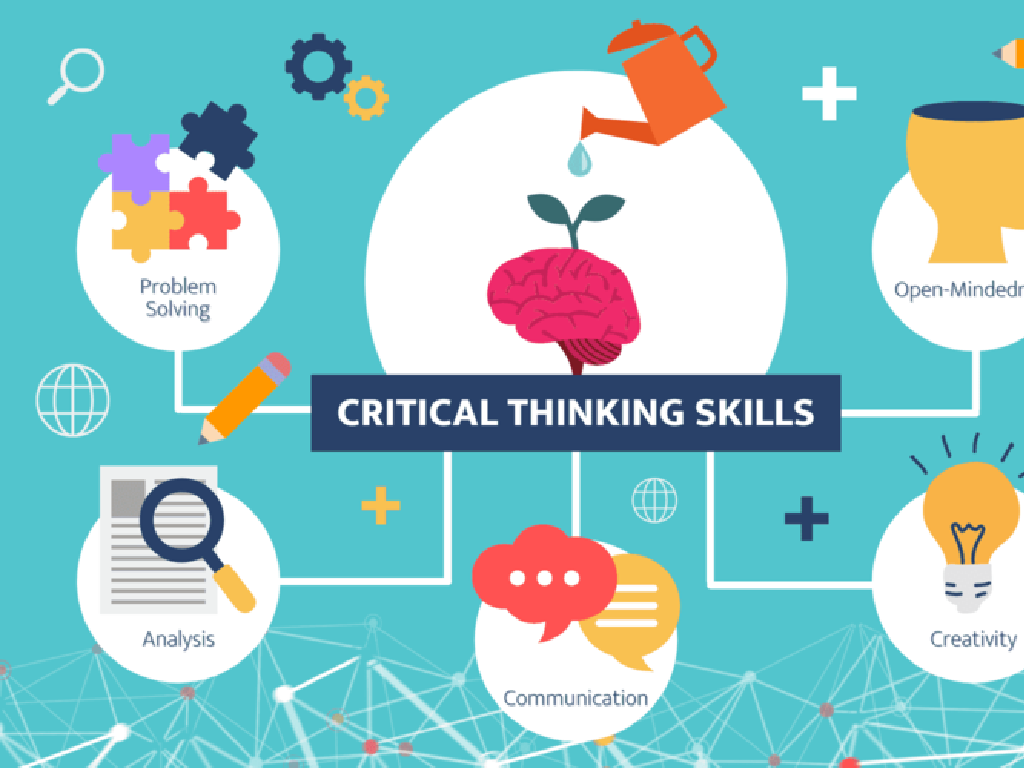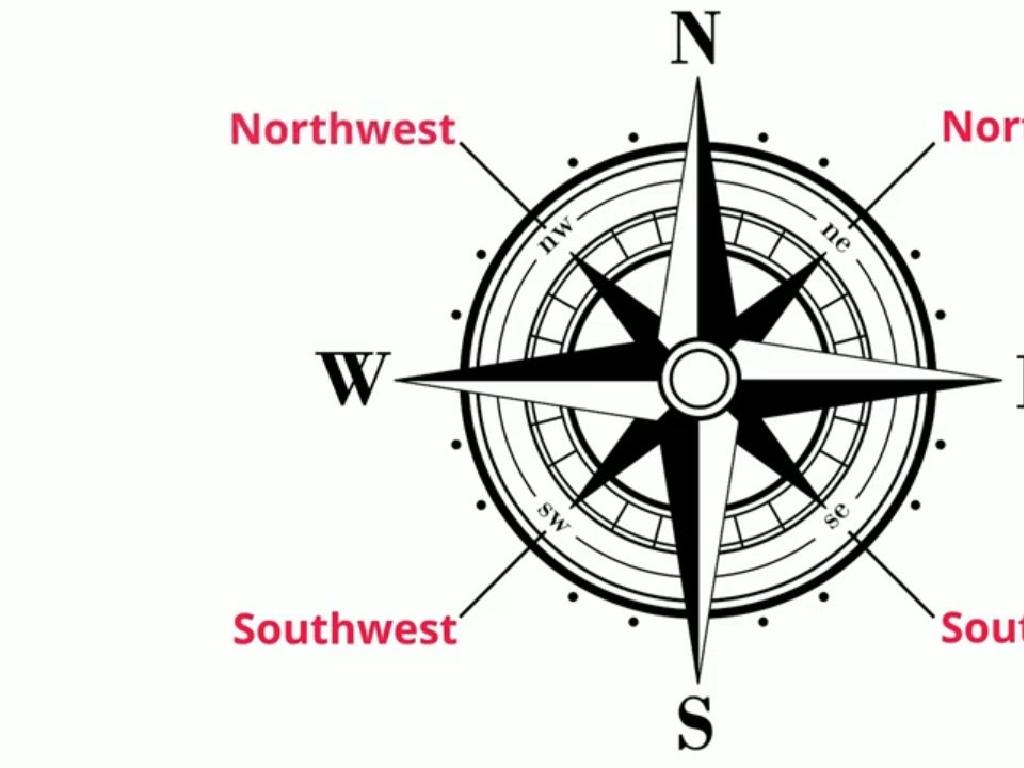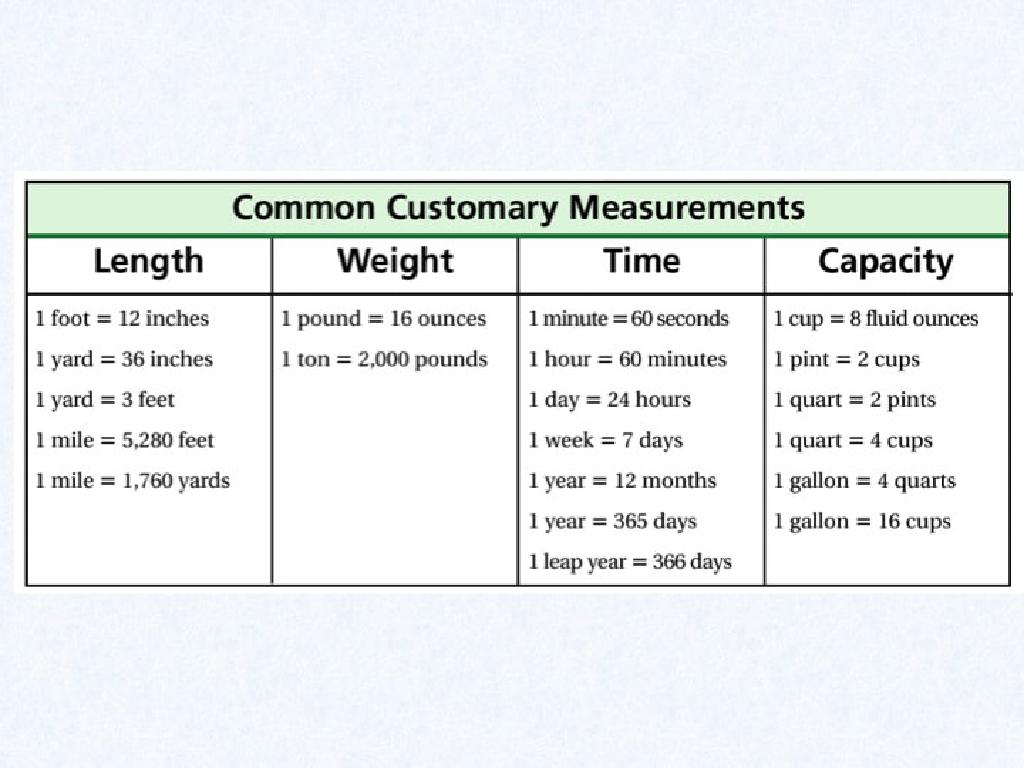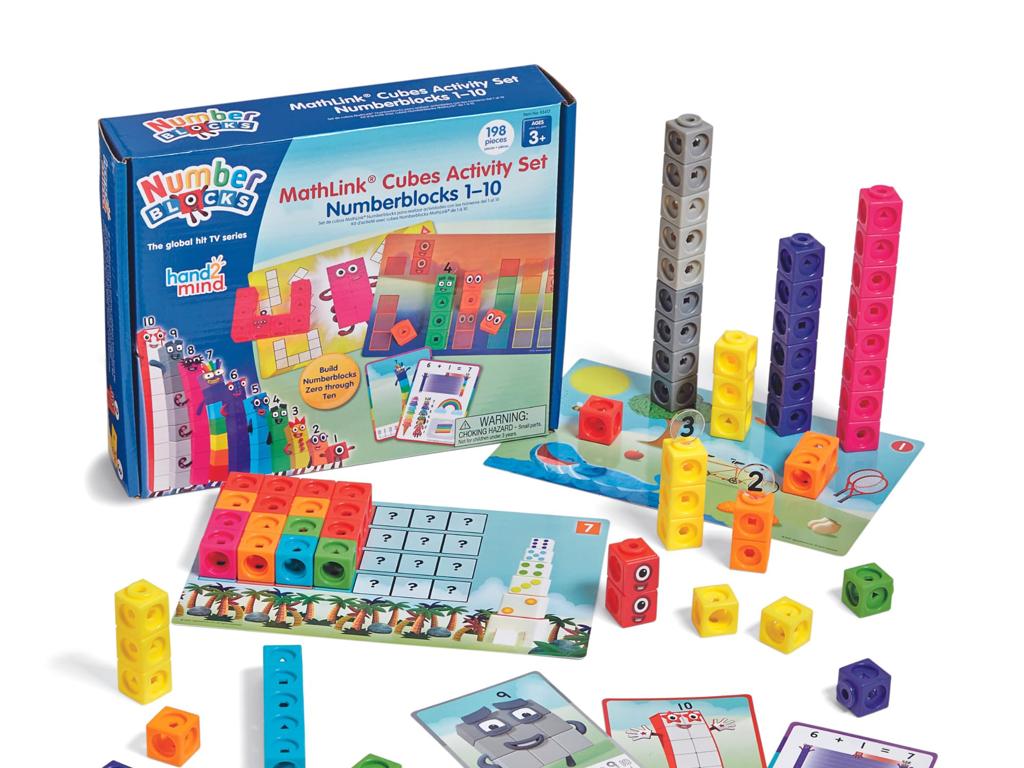Identify Mixtures
Subject: Science
Grade: Fifth grade
Topic: Physical And Chemical Change
Please LOG IN to download the presentation. Access is available to registered users only.
View More Content
Matter and Its Changes
– Matter: Everything we see!
– Physical changes in daily life
– Physical change: melting ice, tearing paper
– Chemical changes around us
– Chemical change: rusting iron, baking a cake
– Examples to illustrate both
|
This slide introduces the concept of matter and the two main types of changes it can undergo: physical and chemical. Matter is anything that has mass and takes up space, which includes everything around us. Physical changes are changes in the form of matter but not in its chemical identity, such as ice melting or paper being torn. Chemical changes result in new substances, such as iron rusting or a cake baking. Use everyday examples to help students relate to the concepts. Encourage them to think of more examples and discuss how these changes are reversible or irreversible.
Exploring Mixtures
– What is a Mixture?
– A combination of two or more substances that can be separated.
– Types: Homogeneous & Heterogeneous
– Homogeneous: same composition throughout. Heterogeneous: different substances can be seen.
– Everyday Mixture Examples
– Saltwater, air (homogeneous), salad, trail mix (heterogeneous).
– Importance of Mixtures
|
This slide introduces students to the concept of mixtures, which are combinations of two or more substances that are not chemically bonded and can be separated by physical means. The slide differentiates between homogeneous mixtures, which are uniform in composition, and heterogeneous mixtures, where the different components can be visibly distinguished. Provide everyday examples to help students relate to the topic, such as saltwater or air for homogeneous mixtures and salad or trail mix for heterogeneous mixtures. Emphasize the importance of mixtures in daily life and encourage students to think of other examples they encounter. This will help them understand the prevalence and practicality of mixtures in their environment.
Identifying Mixtures
– What is a mixture?
– A combination of two or more substances that are not chemically bonded.
– Characteristics of mixtures
– Mixtures can be separated physically and keep their original properties.
– Classroom mixture identification
– Find and classify mixtures around the classroom.
– Discussing mixture examples
– Share examples of mixtures we see or use every day.
|
This slide introduces the concept of mixtures to the students. Begin by explaining that a mixture is made when two or more substances are combined without forming a new substance. Emphasize that the substances in a mixture keep their original properties and can be separated by physical means, such as sorting, filtering, or dissolving. For the classroom activity, have students look for examples of mixtures around the classroom, such as a box of crayons or a bag of mixed candies. Encourage them to think about the properties of each item in the mixture and how it could be separated. Conclude by discussing everyday mixtures, like salad or cereal with milk, to reinforce the concept.
Separating Mixtures
– Why separate mixtures?
– To retrieve useful components or remove pollutants
– Common separation methods
– Filtration: separating solids from liquids
– Filtration, Evaporation, Magnetism
– Evaporation: removing a liquid from a solution
– Real-world examples
– Magnetism: extracting magnetic materials
|
This slide introduces the concept of separating mixtures, which is a practical application of understanding physical properties. Students should learn that mixtures can be separated to recover valuable substances or to remove unwanted contaminants. Common methods include filtration, which is used to separate solid particles from liquids; evaporation, which can remove a liquid from a mixture to leave behind dissolved solids; and magnetism, which is useful for extracting magnetic materials from a mixture. Provide examples such as using a coffee filter, evaporating saltwater to obtain salt, or using a magnet to pick up iron filings. Encourage students to think of other examples where they might need to separate mixtures in everyday life.
Mixtures in Our World
– Mixtures found in nature
– Soil, air, and sea water are natural mixtures
– Mixtures’ role in industries
– Industries use mixtures to create products like medicines and foods
– Mixtures’ environmental impact
– Some mixtures can pollute, others can clean
– Class discussion on mixtures
|
This slide aims to explore the concept of mixtures in various contexts. Begin by explaining that mixtures are combinations of two or more substances that can be physically separated. Examples in nature include soil, which is a mixture of organic matter, minerals, gases, and water; air, which is a mixture of gases; and sea water, which is a mixture of water and various salts. In industry, mixtures play a crucial role in the manufacturing of a wide range of products, from pharmaceuticals to food items. Discuss how mixtures can both positively and negatively affect our environment, such as how some mixtures result in pollution while others can be used in environmental clean-up efforts. Encourage students to think about mixtures they encounter every day and to be prepared to discuss their thoughts on how these mixtures impact the environment in the next class.
Class Activity: Mix It Up!
– Create your own mixtures
– Gather various solids and liquids
– Collect materials like sand, salt, water, oil
– Follow mixing instructions
– Combine substances in clear containers
– Observe changes carefully
– Look for things like layers, colors, and textures
|
This activity is designed to help students understand the concept of mixtures through hands-on experience. Provide a variety of solids (e.g., sand, salt, beads) and liquids (e.g., water, oil, vinegar) for students to mix. Ensure they follow safety guidelines while handling materials. Students should combine different substances in clear containers to observe the properties of mixtures. Encourage them to note whether substances mix evenly or separate into layers, if any new colors form, or if there are changes in texture. Discuss the results as a class to reinforce the concept that mixtures can be separated into their original components, unlike chemical changes.
Mixtures: Conclusion and Recap
– Recap on mixtures
– Mixtures are made of two or more substances
– How to identify mixtures
– Look for different parts you can see
– Separating mixtures
– Use methods like filtering or magnets
– Q&A session
|
As we conclude, let’s recap what we’ve learned about mixtures. Mixtures are materials made by combining two or more different substances where each substance keeps its own properties. Students should be able to identify mixtures by observing different components within a substance. We also explored various methods to separate mixtures, such as filtration, magnetic attraction, and sieving, which can be used depending on the type of mixture. Now, let’s open the floor for any questions the students might have. This is an opportunity to clarify doubts and reinforce their understanding of mixtures and the methods used to separate them.





